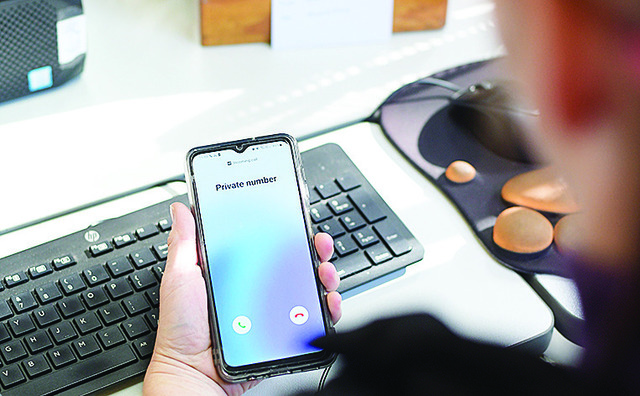As the new academic year approaches, LiveBig, a prominent provider of allied health support, has advice on how to ensure a successful return to the classroom.
LiveBig area manager Emma Thomas shares her ideas to ease the process, emphasising the organisation’s dedication to supporting families of children with disability every step of the way.
“It’s crucial for parents and carers to openly discuss their children’s feelings about starting or returning to school or learning programs, acknowledging any fear or anxiety. Establishing a routine is key; gradually reintroduce habits, arrange a visit to the school, and contact the provider in advance for collaboration, discussing your child’s needs and creating an inclusion plan.”
Ms Thomas adds, “for further preparation, you can involve children in activities like a uniform ‘fashion parade’ and discuss what aspects of their disability they may want to share with peers, giving them the tools to take ownership of their narrative. Create a checklist for daily necessities and allow time after school in the first week to talk about their day.”
Recognising potential challenges, Ms Thomas advises, “be prepared for unexpected bumps in the road. Regular check-ins with friends or family members can provide valuable support. Remember, taking care of yourself is crucial in ensuring you can effectively support your child.”
Expert tips for a Smooth Start or Return to Learning:
· Open Communication:
o Acknowledge that it’s okay to feel scared or anxious. Discussing these emotions is the first step towards a smooth return.
· establish routine:
o To create a sense of routine, begin to start meals around the same time as during school days, packing lunch boxes, and ensuring sleep habits align with school bedtimes.
· Familiarise with school environment:
o Organise excursions to the school to familiarise children with the environment. Discuss practical aspects such as lunch spots and classrooms. Look at the school’s website together. This step helps in easing anxieties related to the unknown.
· Collaborate with the School:
o Collaboration and pro-active communication is key. Discuss your child’s needs, inquire about available resources like sensory rooms, and ensure staff are well-informed about medical requirements or chronic conditions.
· Involve children in preparation activities:
o Encourage children to participate in activities like a “fashion parade” with their school uniform. Discuss what aspects of their disability they may want to share with their peers, to them to take ownership of their narrative.
o Create a checklist of items to bring to school daily, such as medication, assistive technology, communication aids, or any items that assist with stimming. Pack the bag together for better preparation.
LiveBig chief executive Juliet Middleton underscores the significance of fostering a robust support network within the learning community and asserts “Don’t hesitate to express concerns or preferences. Be a proactive advocate for your child, ensuring that the provider’s environment aligns with their learning style. Regularly engage with the staff to discuss any necessary adjustments or additional support.”
LiveBig, delivers flexible support tailored to individual needs and preferences, including speech pathology, occupational therapy, physiotherapy, psychology, counselling and behaviour support.Their services include assessments to support plan reviews and all supports can be provided face to face or via telehealth. They also offer their services privately outside the NDIS framework.
In conclusion, Ms Middleton reassures parents and carers, “At LiveBig, we are committed to providing comprehensive support, extending beyond navigating events like the return to school. Our team is here to assist you in navigating the educational journey and beyond, ensuring that every child with disabilities has the opportunity to thrive.”
Details: www.livebig.com.au.







